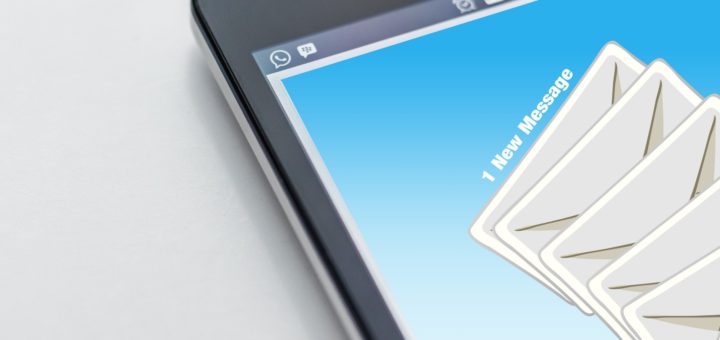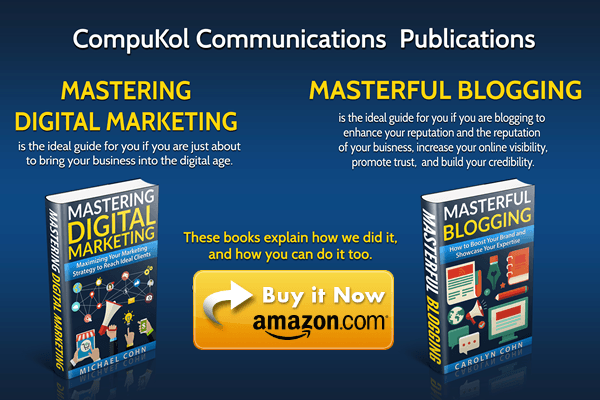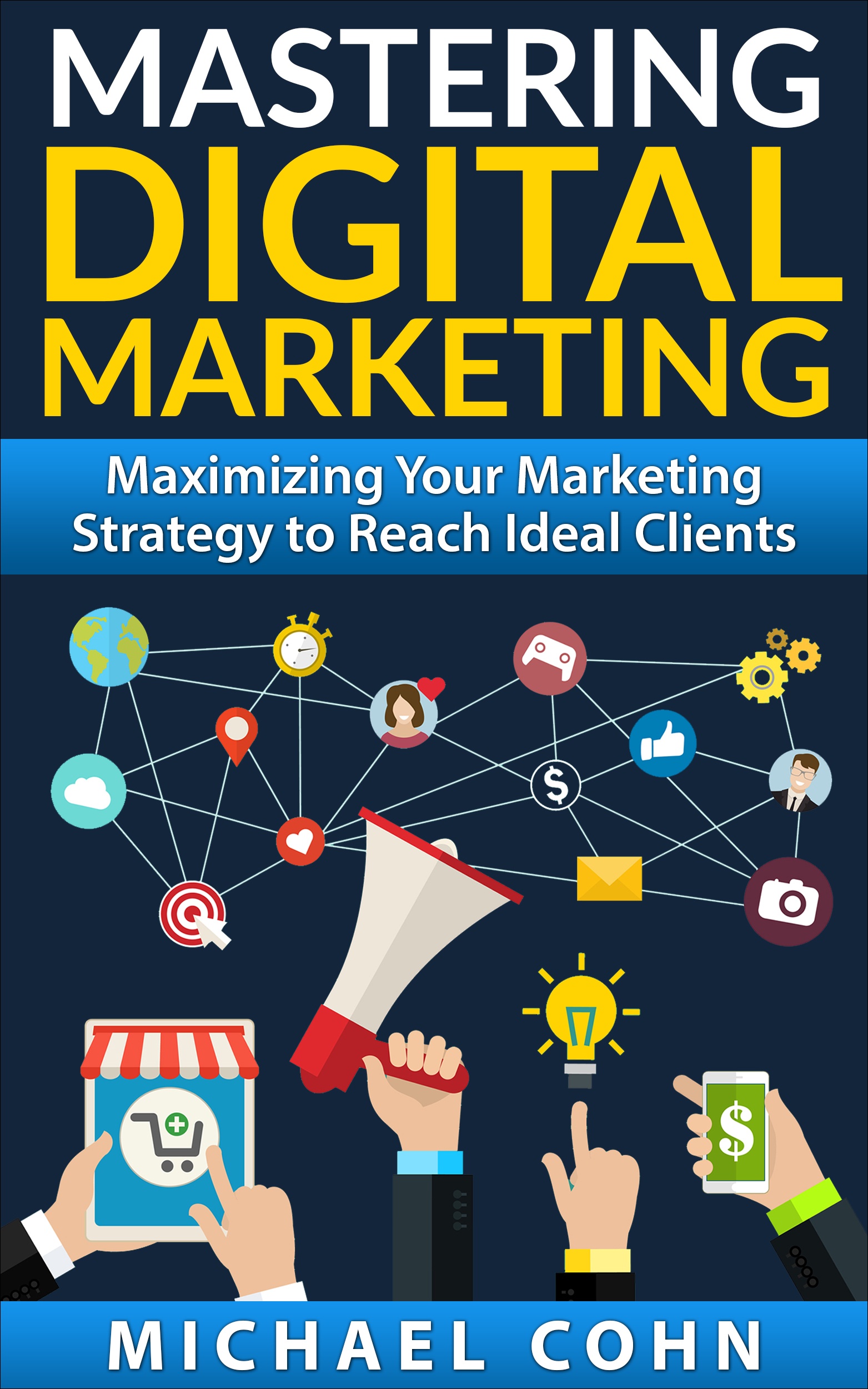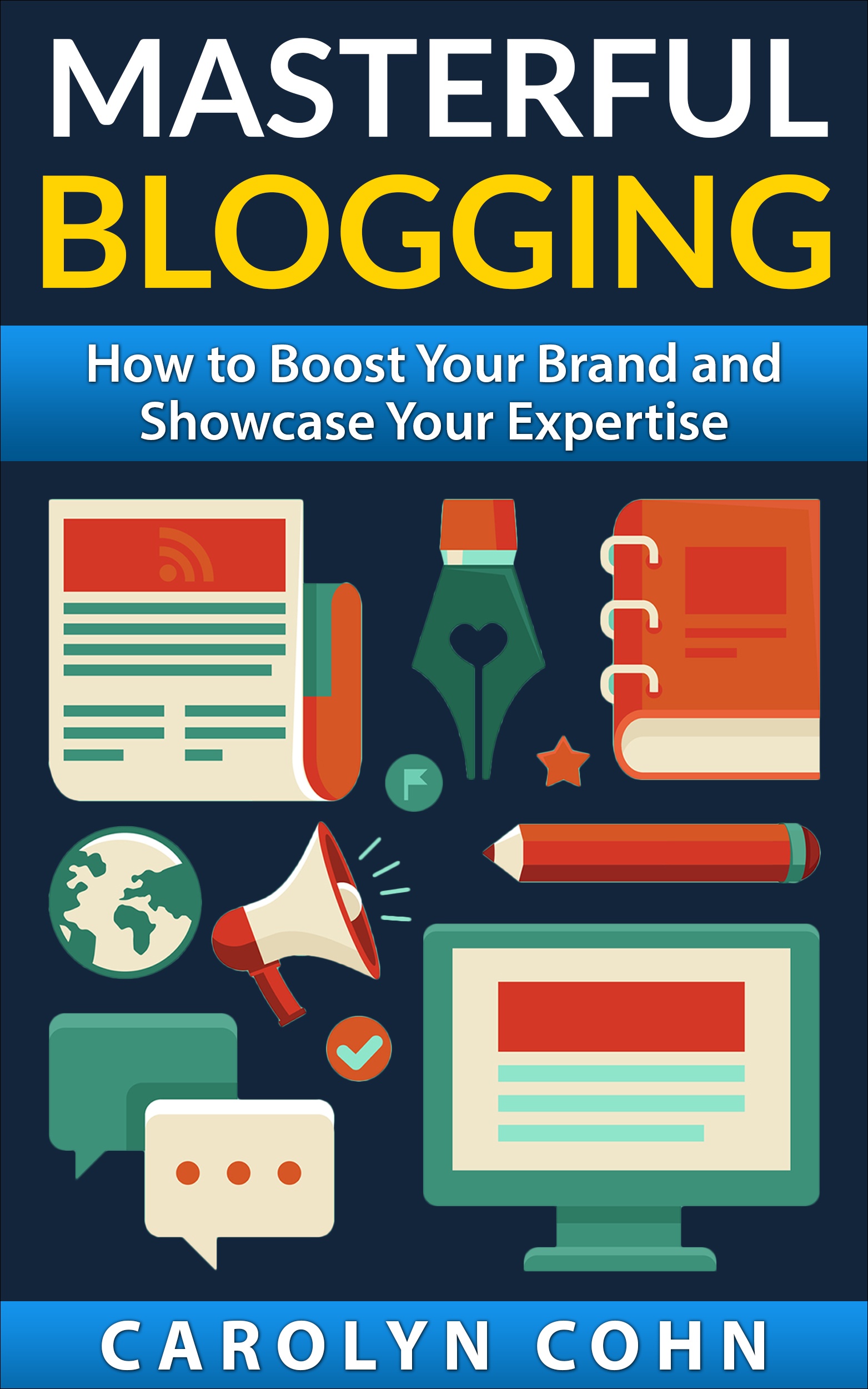Automating Your Email Effectively

Email marketing is most likely a part of your overall marketing strategy. Considering that you probably generate a large number of Emails for your brand and business, it probably takes a great deal of effort to successfully get all of those Emails to reach all of your recipients. If that is the case, it will take a lot of your time to accomplish that as well. Well, there is something that you can do to make it easier and far less painful. You can automate your Emails for more efficient, more effective Email marketing.
Your approach to automated Email marketing
Before you can do anything with Email marketing automation, you need to understand how the automation works, conceptually. Well, after you have had an event, Emails will automatically be sent to your designated recipients via your Email marketing tool or some sort of automation tool. It is critical to your business that you get the Emails out in a timely manner. Otherwise, the relevance of those Emails to what you are trying to accomplish will take a serious nosedive.
The beauty of effective automation is that you can send exactly the right Email at the perfect time for the greatest impact. Also, depending on how large and how current your Email recipient list is, you will want to look at that list carefully so that you can make sure that all of the names on there should be there and those names that are no longer relevant should be deleted from the list.
When should you automate?
There are several milestone events that are perfect opportunities for an automated Email to be sent to the recipient. An automated Email should go out when:
- A person opts into your Email list
- You have a previous connection to a website visitor
- A person has participated in one of your surveys
- You have had another professional connection with the other person, such as that person has bought a product and/or service from you
What you need to understand before you start your Email automation process
You will need to prepare before you start your Email automation process. Part of that preparation means that you need to understand the terms (and concepts) that are associated with Email automation.
- Spam: An inappropriate Email (usually associated with a large volume) that the recipients did not request and doesn’t want or need.
- Opt-in: This means that the other person willingly chose to be a part of whatever you are sharing with him or her.
- Trigger: This means that something caused something else to happen as a result.
- Unsubscribe: When another person chooses to disconnect from your Email list. He or she no longer wishes to be a part of it.
- Email campaign: This refers to a series of connected Emails (as part of your overall online marketing strategy). It does not refer to a stand-alone Email.
- Sequence: This is the order in which the Emails are sent so that they make logical sense and so that they establish a connection in the mind of the recipient.
- Bounce rate: The is the rate of undelivered Emails. Of course, you want your bounce rate to be as low as possible.
Which tool to choose
You may be at a loss about which Email automation tool to choose for your particular business. Of course, they all achieve the same result but the difference is how they get from Point A to Point B. Each one may have some differences in the features that are offered and you will choose the one that fits your business most effectively.
The other difference is the price. There are also some versions of Email automation tools that offer a free version, although the capabilities are more limited than the paid version. Some of the features that are a part of Email automation tools are:
- A feature that builds landing pages.
- A feature that puts your Emails in the proper sequence.
- An analytics feature.
- A feature that manages your Email campaign across several different platforms at once.
- A feature that allows you to track the social behavior of your online connections.
How should you proceed?
When it comes to Email automation, there are several logical steps that you will want to follow:
- Establish your target audience.
- Do your homework. That means that you will need to look extensively into the problems that your clients are experiencing so that you can solve those problems for them (WIIFM? [What’s In It For Me?].
- Take the data that you have gathered and use it for your campaign.
- Get other people to take action (through an effective call-to-action).
- Write your Emails.
- Determine the order that you want your Emails to be sent out.
- Arrange your target audience members appropriately for your business.
- Attract traffic.
- Gather analytics and learn from the results that you receive so that you can improve upon what you already have.
Conclusion
Automating your Email campaign will save you a great deal of time and effort. The Email campaign happens to be one area in which automation works extremely well. Automated Emails are powerful because they are customized to the individual recipient. Automated Emails allow you to stay connected with your audience in a profound way. Always remember that your clients (recipients) come before anything else and it is your obligation to satisfy their wants and needs to the best of your ability.
We are pleased to provide you with the insightful comments contained herein. For a complimentary assessment of your online presence, let’s have coffee.

|




